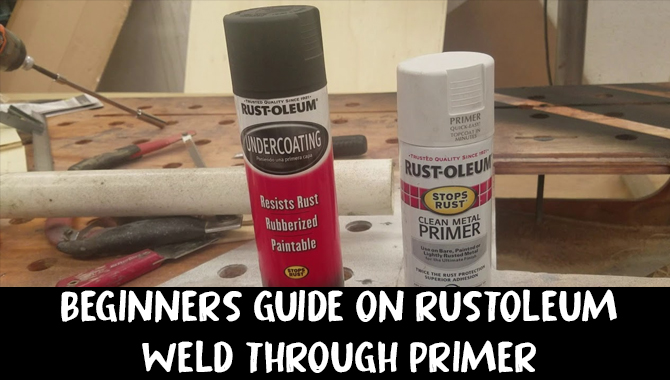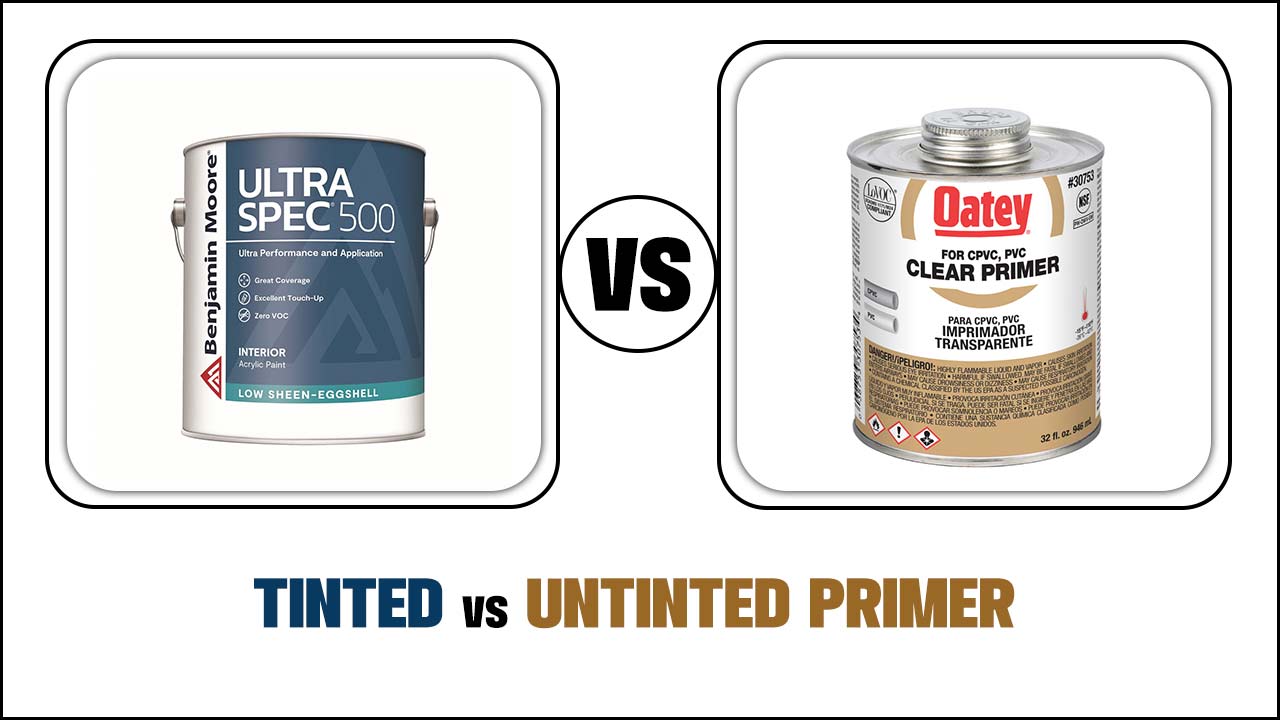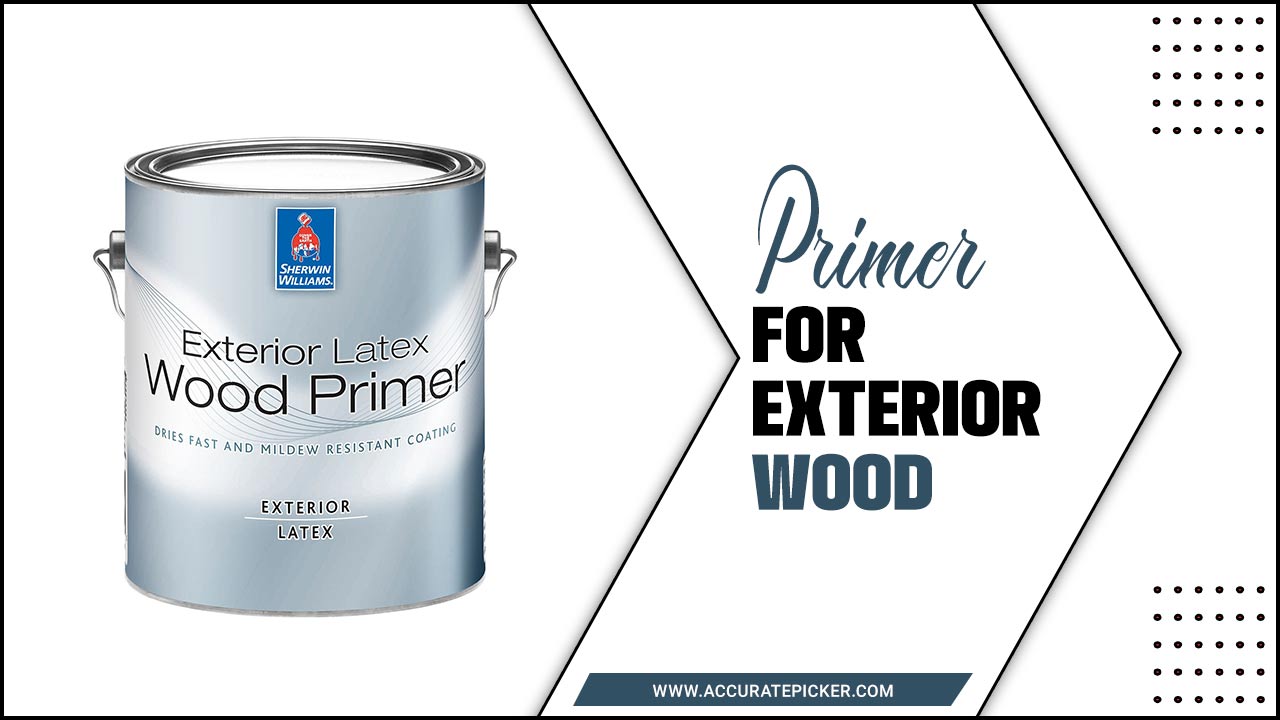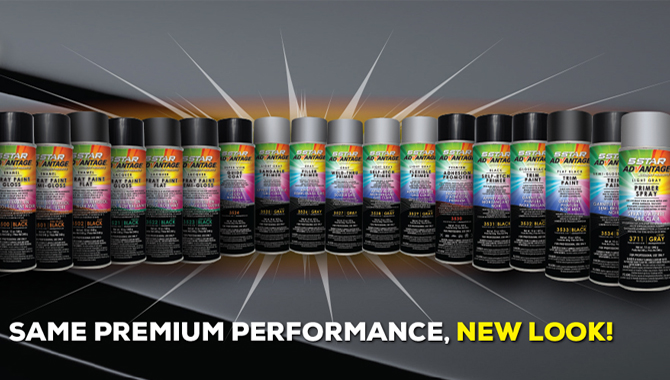Bonding Primer Vs Regular Primer are two different types of primers used in the painting industry. Bonding primers are designed to create a strong bond between the surface and the coating that is applied on top.
Regular primers are designed to provide a layer of protection and to help the coating adhere to the surface. Understanding the differences between bonding primers and regular primers can be beneficial when choosing the right primer for a job.
This article will explore the differences between bonding primer and regular primer, and the benefits of each in different painting projects. With this knowledge, you can make an informed decision to ensure the best results for your painting project. Get ready to learn the key differences between bonding primer and regular primer – the outcome may surprise you!
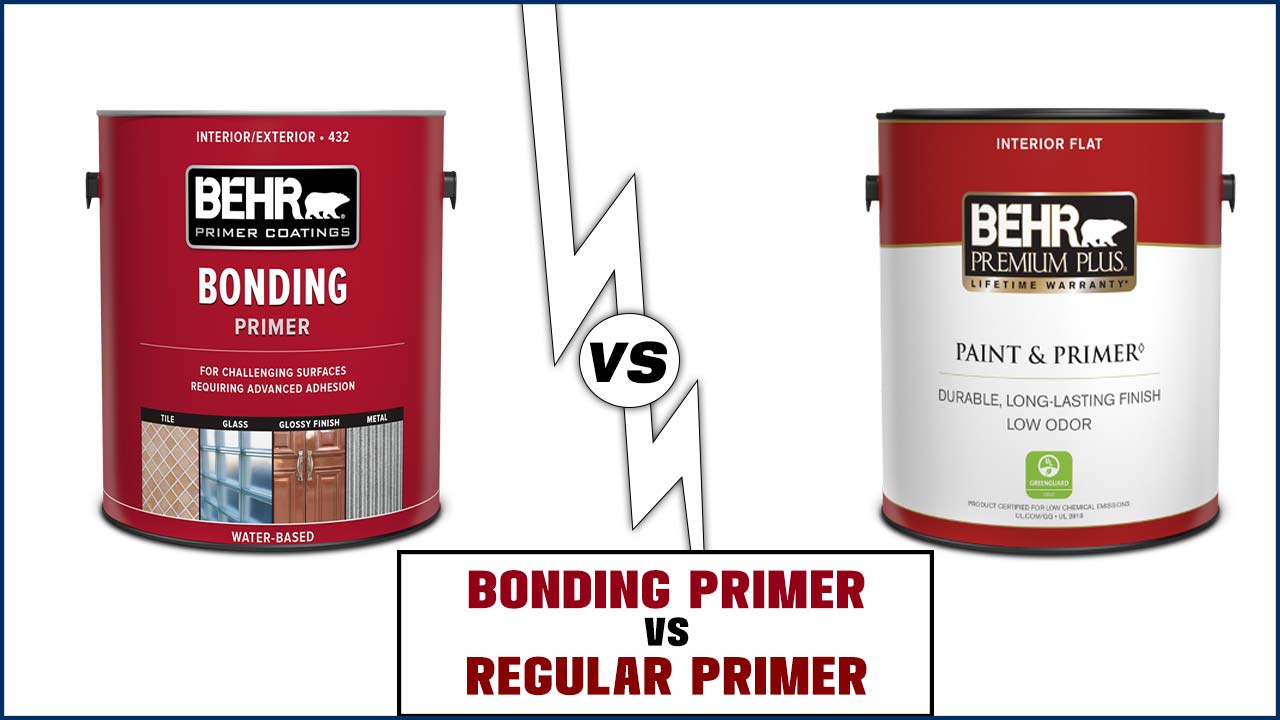
Bonding Primer Vs Regular Primer – Some Quick Tips
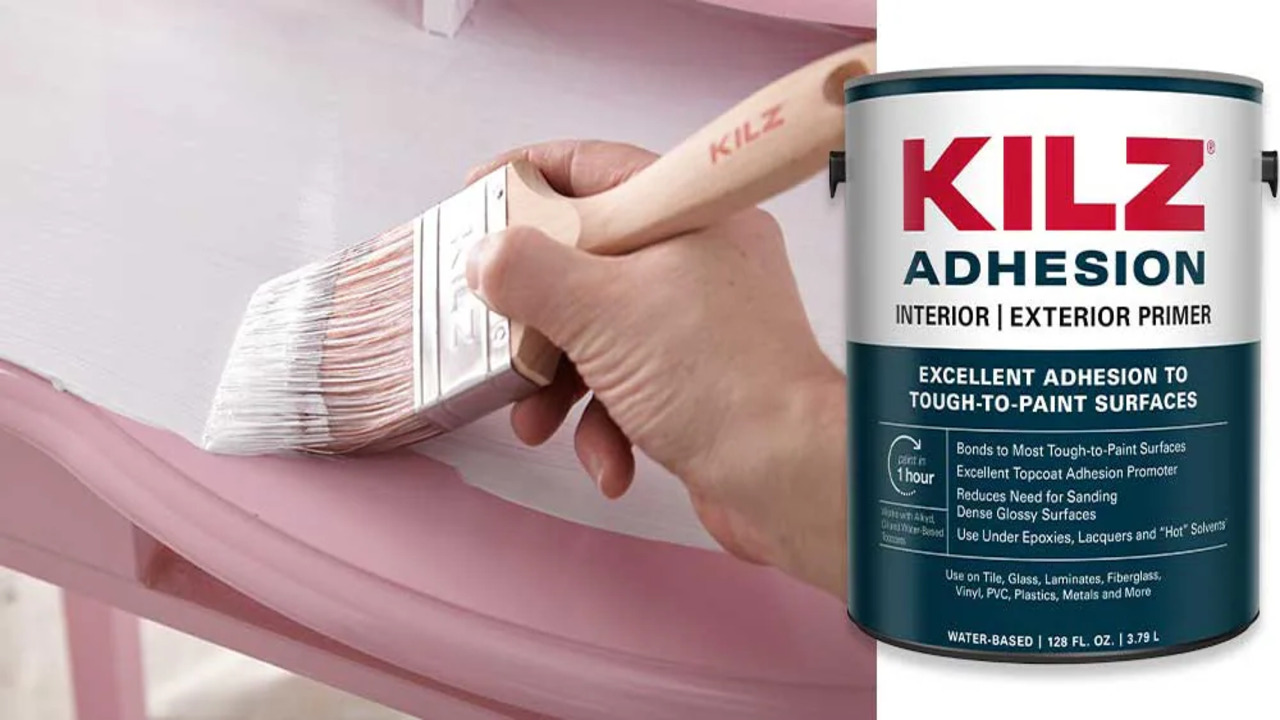
When it comes to painting projects, the type of primer you choose can make a big difference. Bonding primer and regular primer are both popular options, but which one is right for your project? In this article, we will compare the two types of primer and discuss the benefits of each, so you can make an informed decision when it comes to choosing the right primer for your project.
We will look at the differences between bonding primer and regular primer, as well as the advantages and disadvantages of each. By the end of this article, you will have a better understanding of which type of primer is best suited for your painting project.
Overview
When it comes to painting, primers are an essential part of the process. They provide a smooth surface for the paint to adhere to and help create a uniform finish. Primers come in two types – regular primers and bonding primers. Regular primers are designed to provide a uniform surface and can be used on most surfaces.
Bonding primers, on the other hand, are specifically formulated to bond to difficult surfaces such as glossy paints, metals, and plastics. They provide a strong bond and can be used to cover up blemishes or scratches. Both types of primers should be used before applying paint. Bonding primer may be a better option if you are dealing with a difficult surface.
Definition Of Bonding Primer
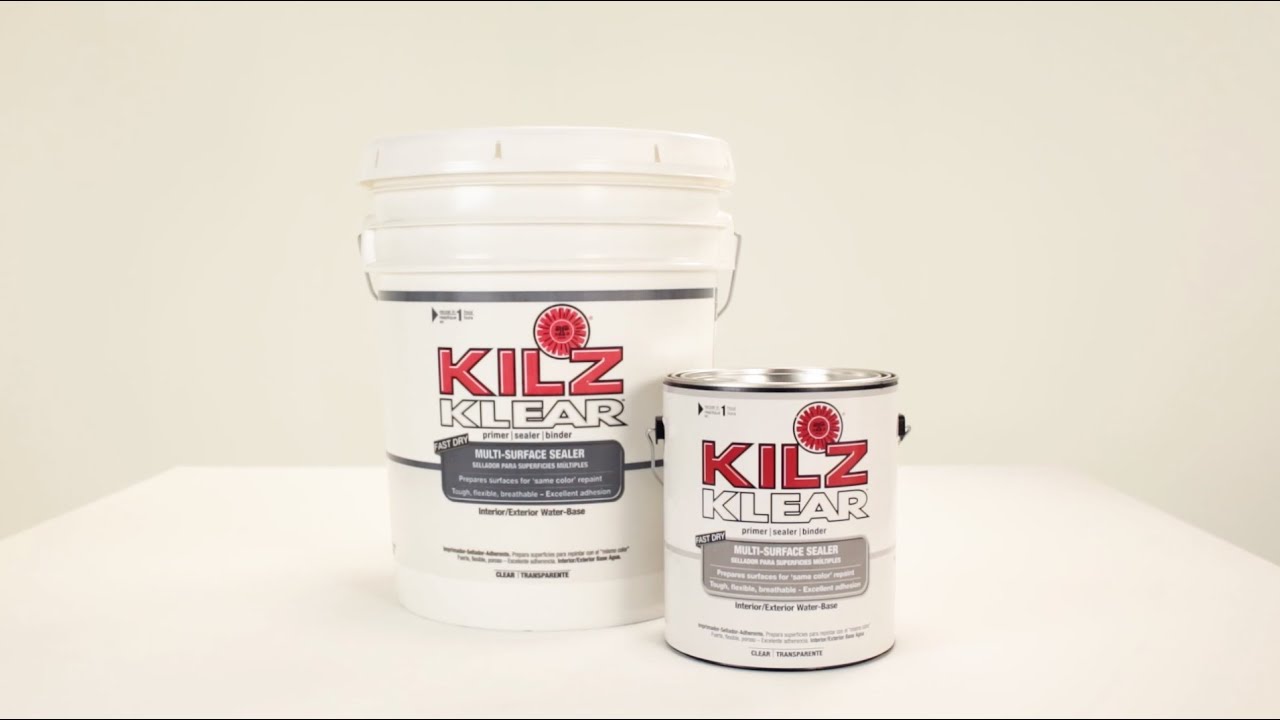
Bonding primer is a type of primer used to increase the adhesion of paint to a surface. It is a specialized formula that contains resins and other chemicals that create a strong bond between the surface and the primer. It is typically used on surfaces that have been previously painted, but can also be used on new surfaces. It is essential for a quality paint job, as it ensures that the paint will adhere properly, and not chip or peel.
Bonding primer also helps to fill in any cracks or crevices in the surface, creating a smoother finish. It is important to use the correct type of primer for the job, as using the wrong primer can cause the paint to peel or chip prematurely.
Definition Of Regular Primer
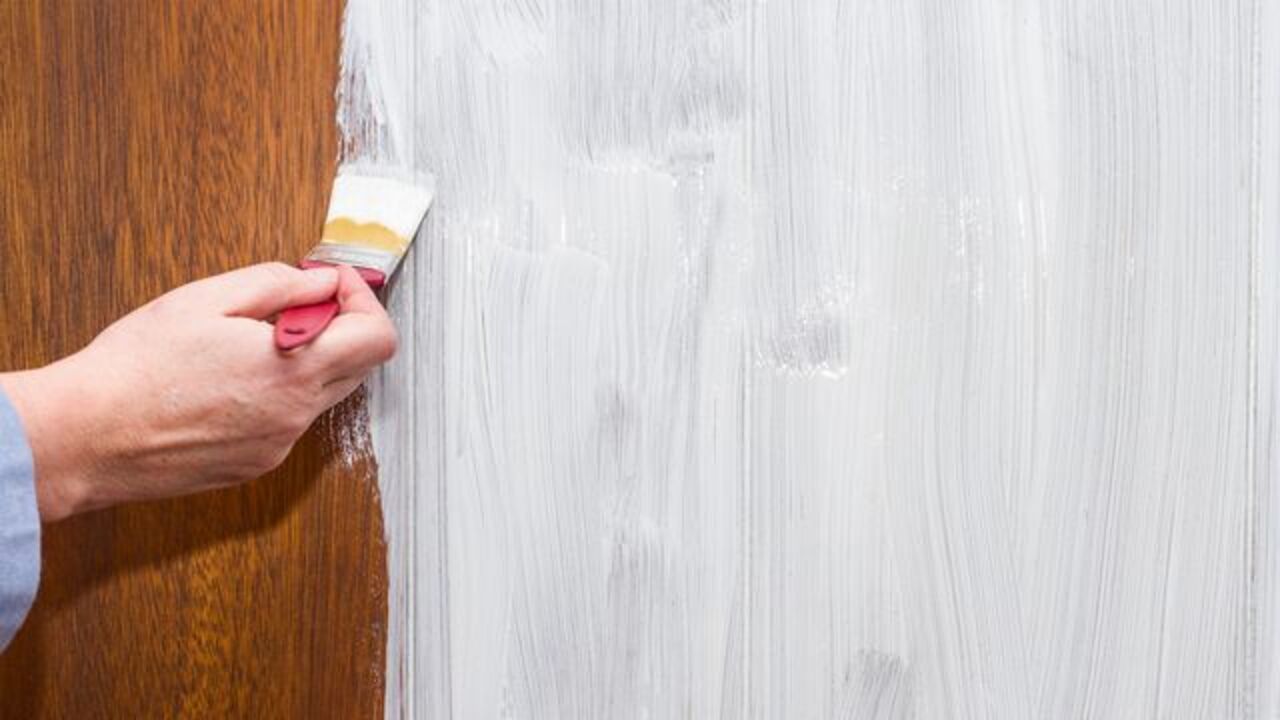
A regular primer is a type of paint primer that is used to prepare a surface before painting. It helps to create a better bond between the paint and the surface, resulting in a longer-lasting finish. Regular primers are typically oil- or water-based and can be used on most surfaces, including wood, metal, drywall, and masonry.
They are designed to fill in small cracks and imperfections, providing an even base for the paint to adhere to. Regular primers come in both spray and brush-on formulas and can be tinted to match the desired paint color.
Differences
Regular primer and bonding primer are both used to prepare a surface for painting. However, they have a few key differences. Regular primer is typically used for interior walls and is designed to smooth out any imperfections in the surface, as well as provide a layer of protection for the paint. On the other hand, bonding primer is designed to adhere to difficult surfaces, such as metals and plastics, which regular primer cannot do.
In addition, bonding primer is also more resistant to stains and water, making it ideal for outdoor surfaces. Furthermore, regular primer is usually white in color, while bonding primer can come in a variety of colors, including clear. Lastly, bonding primer tends to be more expensive than regular primer, as it has more powerful adhesion properties.
In conclusion, the main difference between regular primer and bonding primer is that the former is used for interior walls and the latter is used for exterior surfaces and difficult materials.
Advantages
Bonding primers have several advantages over regular primers. Most notably, they create a strong bond between the primer and the substrate, reducing the chance of peeling and flaking. This is especially important for surfaces with a high degree of porosity, such as concrete blocks or wood.
Additionally, because bonding primers are designed to penetrate, they provide superior adhesion and a better foundation for subsequent layers of paint or sealants. Moreover, they will often eliminate the need for additional coats of primer, which can save time and money. Furthermore, bonding primers are usually more durable and longer lasting than regular primers, making them the preferred choice for interior and exterior surfaces that are exposed to the elements.
Bonding Primer
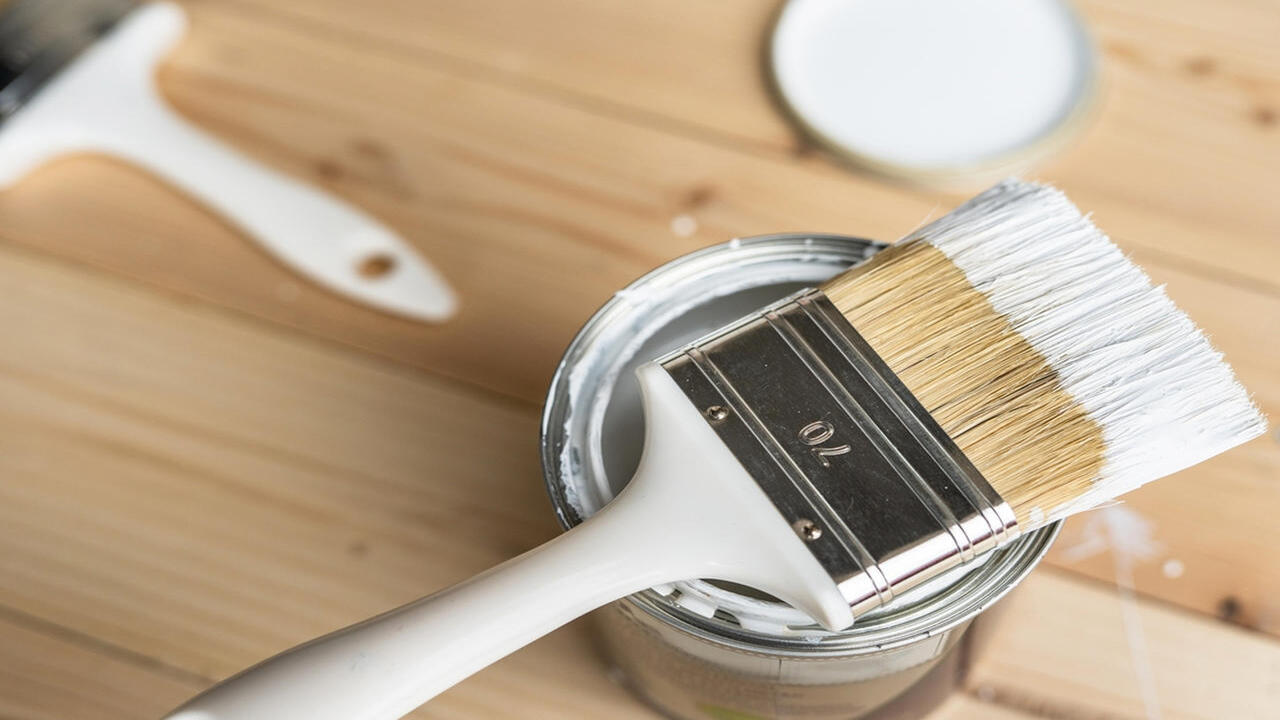
Bonding primer is a type of primer that is specifically formulated to bond with a wide variety of surfaces. It is designed to create a strong bond between the substrate and the topcoat, which can help prevent peeling and flaking. Unlike regular primer, bonding primer does not require sanding or deglossing.
It also works well on glossy surfaces, such as cabinets, trim, and tile. Bonding primer is also ideal for use on surfaces that have been previously painted, stained, or sealed. It is a great choice for both interior and exterior surfaces. Bonding primer also offers excellent adhesion and coverage, which can help reduce the number of coats you need to apply for a professional finish.
Regular Primer
Regular primer is a type of paint primer that is used to provide a base coat of protection and adhesion for the paint that is applied over it. It is primarily used on walls, ceilings, and other surfaces that have not been previously painted. Regular primer is also used to seal and protect surfaces from moisture damage and mildew. It is essential for any painting project, as it helps to ensure that the paint adheres to the surface better and lasts longer.
It is also important to use the proper primer for the specific type of paint being used, as different primers may be more suitable for certain types of paint.
Disadvantages
Bonding primers are not always suitable for every job. They are not designed to be used on non-porous surfaces, such as glossy paint, ceramic tile, metal, and plastic. Regular primers can be used on these surfaces, but it is important to use the right type. Bonding primers also tend to be more expensive than regular primers, so if you are not sure that you need one, regular primers are a more economical option.
Additionally, bonding primers are more difficult to work with than regular primers and sometimes require more than one coat. Regular primers are generally easier to apply and only require one coat. Finally, bonding primers are not always as durable as regular primers. Regular primers tend to be more flexible and can withstand more wear and tear.
Bonding Primer
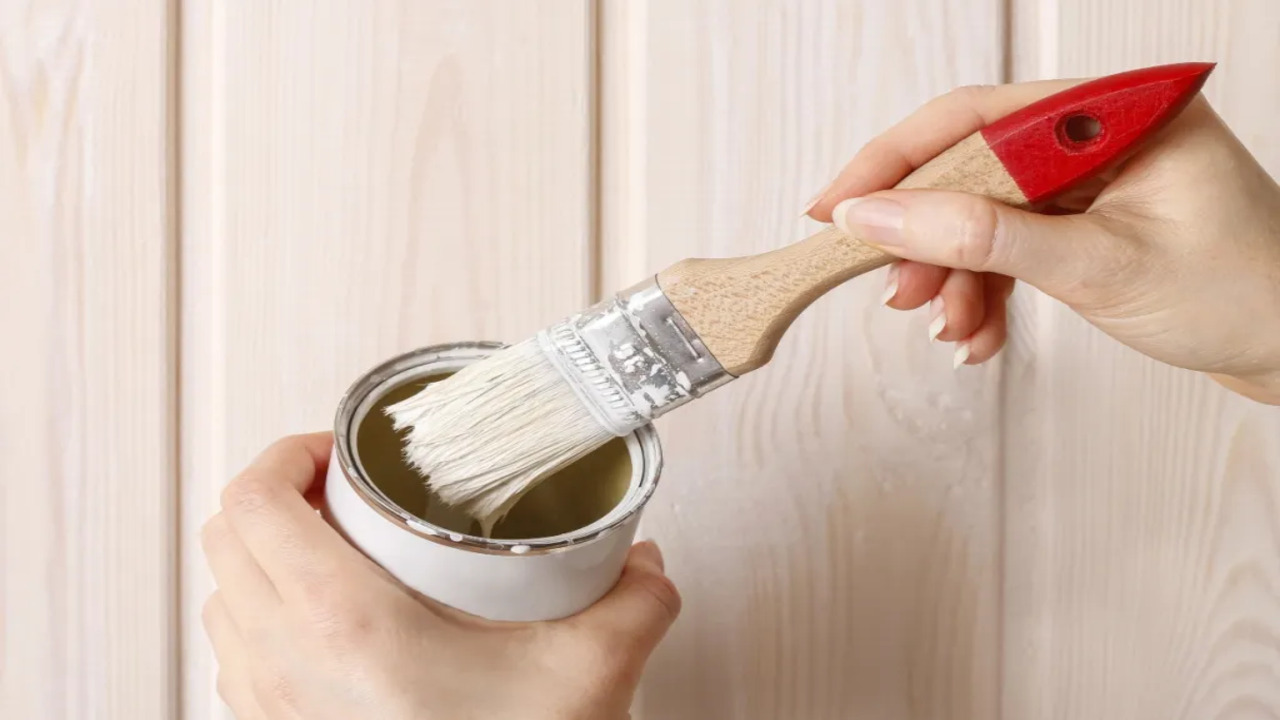
Bonding primer is a special type of primer that can be used in place of regular primer. It is designed to provide superior adhesion to surfaces that have been previously painted or treated with a sealant. Bonding primer works by forming a strong bond between the substrate and the paint, creating a more durable finish.
Additionally, bonding primer can be used on difficult surfaces, such as aluminum and glossy surfaces, which can be difficult for regular primer to adhere to. It is also great for surfaces that have been exposed to moisture, as it remains adhered to the surface even after drying. Bonding primer is not suitable for use on every surface, however, and it should always be tested on an inconspicuous area before use.
Regular Primer
Regular primer is a type of paint primer that is used to seal and prep the surface of walls, woodwork, and other surfaces for painting. It provides a smooth base for the paint to adhere to and helps to protect the wall from moisture and other damage. Regular primers are available in water- or oil-based varieties and are usually white in color. The primary benefits of using a regular primer are that it seals the surface, prevents peeling and fading, and provides a uniform base for paint.
It also helps to make the paint job last longer. Regular primers are usually easier to apply than other types of primer, as they can be brushed, rolled, or sprayed on. They are also typically less expensive than other types of primers, making them a good choice for budget-minded homeowners.
Conclusion
Bonding primer and regular primer both have their advantages and disadvantages. Bonding primer creates an extra layer of protection between the surface and the paint, making it ideal for surfaces that are in poor condition. Regular primer is a good choice for new surfaces or surfaces that are in good condition.
Bonding primer is more expensive than regular primer, but it can save time and money in the long run by creating a stronger bond between the surface and the paint. Ultimately, the best choice will depend on the condition of the surface and the desired outcome.
FAQ’s
1.What Are The Main Differences Between A Bonding Primer And A Regular Primer?
Ans: The main differences between a bonding primer and a regular primer are that a bonding primer creates a stronger bond between the surface and paint, is more effective at adhering to glossy surfaces, and is better at filling in and covering surface imperfections. Regular primers are generally less expensive, easier to work with, and provide less protection against the elements.
2.What Types Of Surfaces Are Best Suited For Bonding Primer?
Ans: The best surfaces for bonding primer are those that are clean, dry, and free from dust, dirt, grease, and oil. Primers are designed to help paint stick to surfaces, so surfaces that aren’t glossy or highly textured are ideal for primers. Primers also work best on porous surfaces, such as wood, drywall, and concrete. Smooth, non-porous surfaces, such as metal and plastic, require a special primer.
3.Are There Any Environmental Or Health Concerns Related To Using A Bonding Primer?
Ans: Yes, there are environmental and health concerns related to using a bonding primer. Most bonding primers contain some form of volatile organic compounds (VOCs) which can be harmful to the environment and human health. Additionally, some bonding primers contain harmful chemicals which can irritate the skin and eyes, and some may release toxic fumes when used. Therefore, it is important to use bonding primers in a well ventilated area and with protective gear.
4.How Long Does It Take For Bonding Primer To Dry?
Ans: Bonding primer typically takes 1-2 hours to dry, depending on the brand and the temperature and humidity of the environment. The primer should feel dry to the touch after 1-2 hours, but it may take up to 24 hours to fully cure. To ensure a good bond between the primer and the surface, it’s best to wait at least 24 hours before applying any paint.
5.Is It Necessary To Use A Bonding Primer Before Painting?
Ans: Yes, it is necessary to use a bonding primer before painting. This is because the primer helps create a smooth surface and improves adhesion between the surface and the paint. Additionally, a primer helps to seal the surface, allowing the paint to go on more evenly, and reduces the number of coats of paint necessary. Finally, it can also help to block out stains and odors from the surface before painting.


